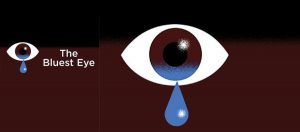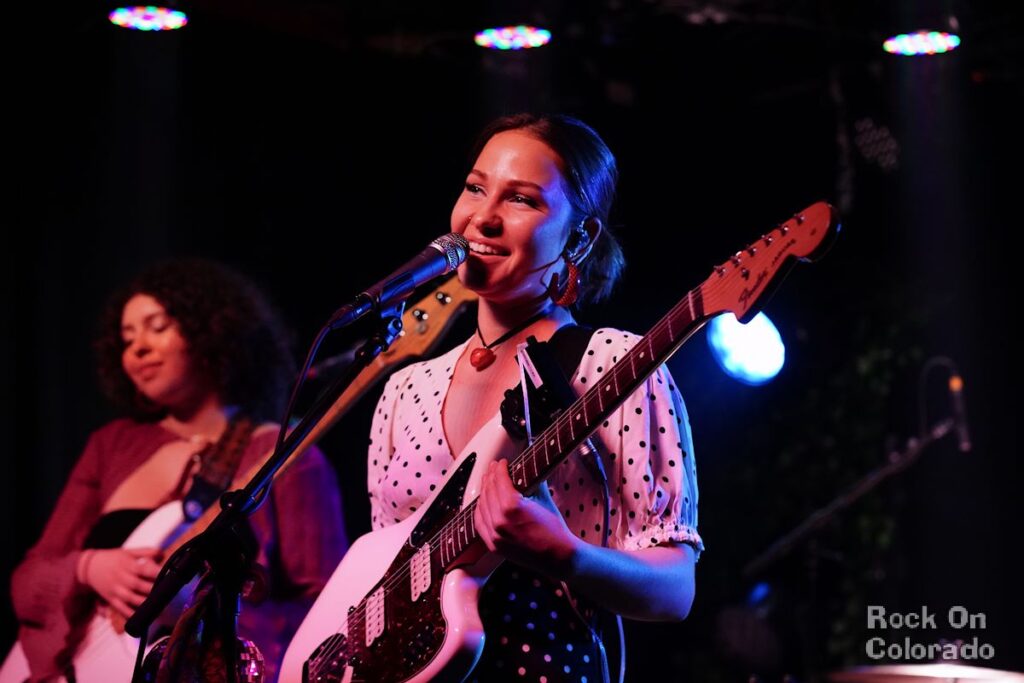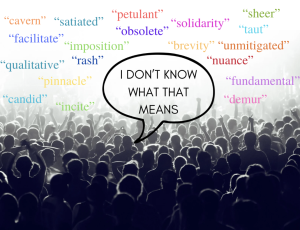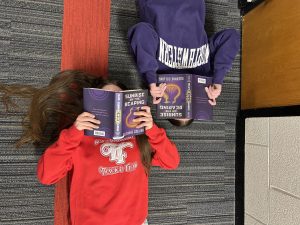Riveting and meaningful
May 11, 2017
The Guthrie Theater’s adaptation of Toni Morrison’s “The Bluest Eye” was both riveting and meaningful; it captured the depth of different experiences of racism without being cliché and predictable. Adapted by Lydia R. Diamond and directed by Lileana Blain-Cruz, this stage production creatively portrayed three young black girls weaving their way through the intricacies and repercussions of racial prejudice in the early 1940’s.
In rural Ohio, sisters Claudia (Carla Duren) and Frieda MacTeer (Deonna Bouye) befriend young Pecola Breedlove (Brittany Bellizeare), and together, the three girls stumble through the end of their childhood years; slowly, their innocence and individual perspective is tainted by the American reality of discrimination and abuse. They struggle to grasp the concept of womanhood, while also grappling with their identities as marginalized black females in an era of segregation.
This visual recreation of “The Bluest Eye” had a rawness that is rare in a world obsessed with special effects. The lighting and sound were used only to enhance the impact of the narrative while advancing the storyline. Scenes depicting rape and abuse could have easily become vulgar and gory, but instead, imagery was used to portray the severity of any particular scene, successfully evoking thoughtful emotion without distracting the audience with flips and tricks.
The production was laced with metaphors, and the pinnacle of this symbolism was the constantly present yellow marigold. This marigold, while seemingly trivial in the beginning scenes, slowly became a physical embodiment of Pecola’s insecurity.
Pecola strived to duplicate the blonde-haired, blue-eyed “Shirley Temple” who was so highly adored by her society. Through her big brown eyes, she saw herself as a marigold weed, while other girls with sought after snow-white skin were blossoming flowers. These beauty ideals were ingrained in Pecola’s mind and soul leaving her in a perpetual state of feeling ugly and inadequate.
The witty and allegorical dialogue between Pecola, Claudia, and Frieda showcased the realism of Pecola’s internal conflicts. Bellizeare did a fantastic job of embodying Pecola’s childish characteristics while also displaying the depth of her character; it made her struggles believable without seeming whiny or far-fetched. Along with Bellizeare, both Duren and Blain-Cruz did a superb job of embodying the youth of Claudia and Freida. They made the characters plausible and connected the audience to their struggles.
While this play is set nearly 80 years ago, it is still relevant in today’s culture. The perpetuation of beauty ideals in “The Bluest Eye” parallels the insecurities of many young millennials. Pecola is relatable because she exhibits the same self-doubt that audience members, no matter the age or ethnicity, can understand, especially with the prominence of the modern media’s misrepresentation of the ‘ideal women.’
However, while the play covered heavy subject matter such as rape, abuse, and racial prejudice, the play used humor to balance the seriousness of the plot. This increased the likeability of the protagonists, leaving the audience even more emotionally invested in the momentous but burdensome scenes.
The impact of racism and abuse in the modern world linger in the minds of the audience, even after the show has ended. The production is purposefully left open-ended and seemingly unfinished as a reminder that racism is still relevant, and it is not neatly finished. Shows like “The Bluest Eye” serve as a powerful lesson while also tastefully honoring a well-written novel.
It is shows like these that remind us that we, as Americans, and as people, must champion the dignity and humanity of those around us. Nothing is truly black and white, and the obstacles that we face cannot be completely overcome if we do not remember the difficulties that have been faced in the past, and acknowledge what is still happening in the world around us.






































![Teacher Lore: Mr. Hillman [Podcast]](https://bsmknighterrant.org/wp-content/uploads/2025/03/teacherlorelogo-1200x685.png)











